We went with just four boards, four subcircuits: Bandpass filter. Mixer. RF Oscillator, Audio Amplifier.
Understanding these four circuits allows students to understand almost all RF devices.
Circuits were chosen for their simplicity and understandability: Nothing exotic or overly clever.
Students were required to actually BUILD the circuits.
This was a challenge. This was not easy.
This was NOT a kit-build. Students would layout their own boards and acquire parts from a central parts source.
The receiver they built is a real receiver, capable of real long-distance communications. It has been used on the airwaves in a two-way contact.
Here is the whole receiver as simulated in LtSpice. You can download the full schematic and schematics for individual board in the Files section of the project.

This is the full schematic as revised on 1/13/2025 for the SolderSmoke Challenge Build.
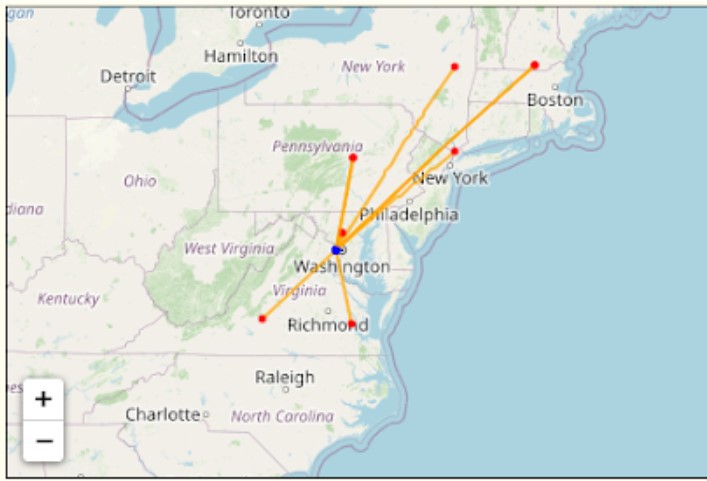
Prior to this build, most of the students obtained their amateur radio licenses.
This build project was part of a larger global effort: There were similar group builds in Hyderabad, India and Munich, Germany. Radio amateurs as far away as Australia helped build and test the receiver circuit prior to the project.
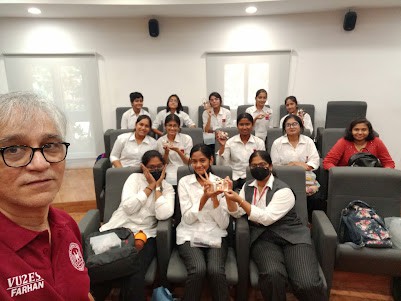
Students in Hyderabad India with the receivers they built
About 28 blog posts describing the details of this project can be found here:
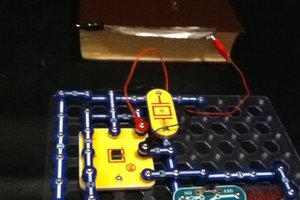
 Steve Schuler
Steve Schuler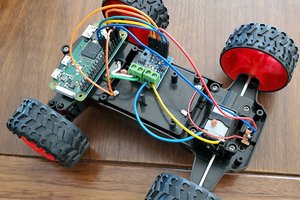
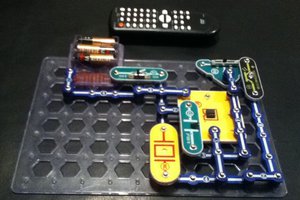
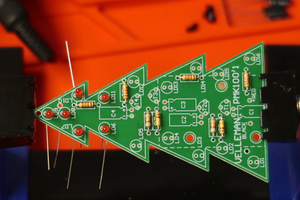
As a student, I find it quite surprising and refreshing to hear about the initiative at the local high school. In a world dominated by digital technology, the idea of bridging the gap in analog electronics education is unexpected yet intriguing.I remember having to write an assignment for my school and I was struggling a lot without all the required information.... Thankfully a good friend of mine helped me by suggesting me this amazing site https://gradesfixer.com/free-essay-examples/personal-philosophy-of-nursing/ which had a lot of useful information and helped me manage my resources and finish in time.It was like a fresh stream of knowledge that was flowing through my brain hah!It had a lot of useful essays on different topics and managed to inspire me to write even more!I hope it will help you as it helped me! The decision to involve radio amateurs in teaching students how to build a direct conversion receiver using the Manhattan technique is a hands-on approach that truly fosters understanding. This project not only equips students with valuable skills in analog electronics but also encourages a deeper appreciation for the components and circuits they work with.